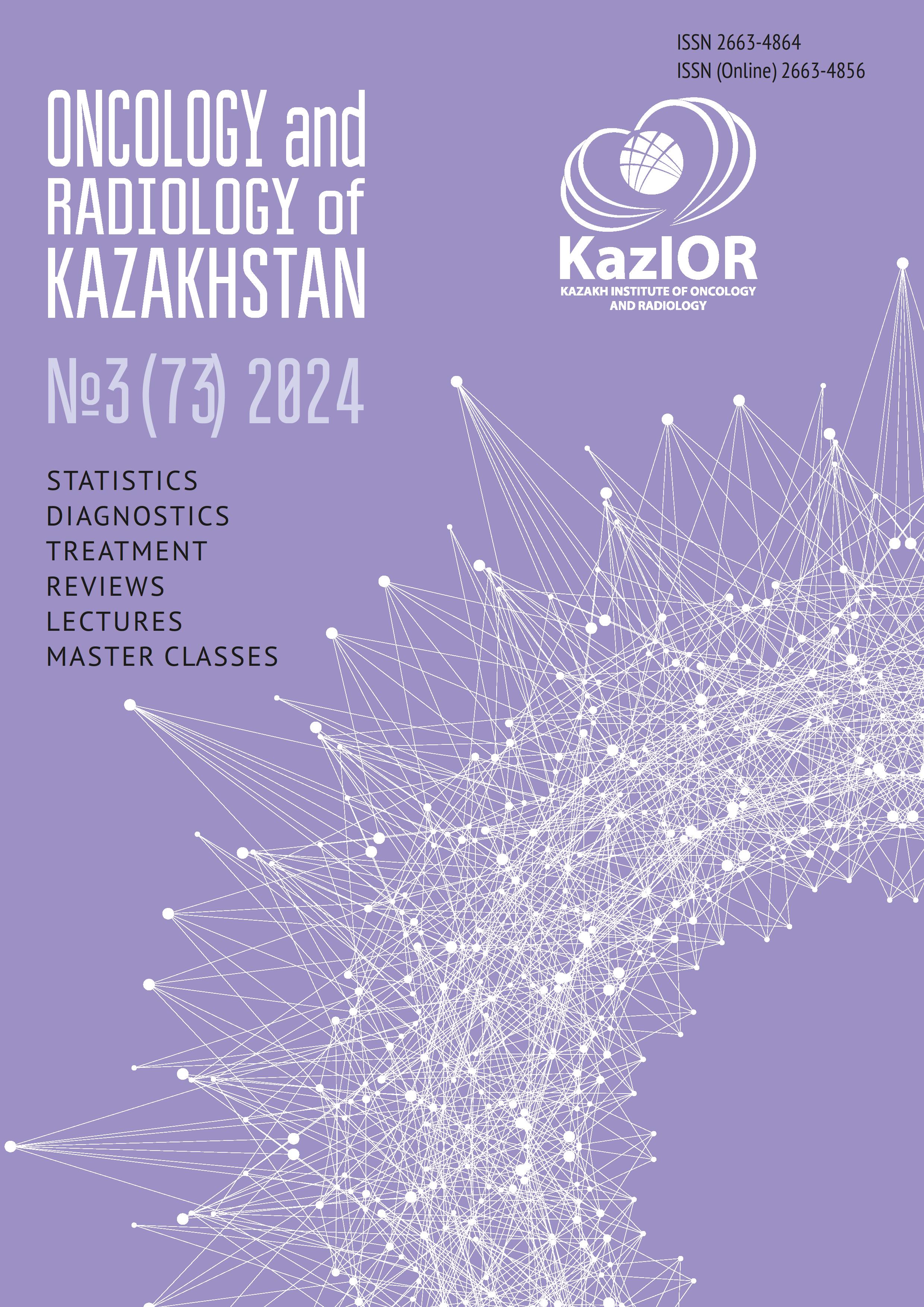MEDICAL-DEMOGRAPHIC SITUATION AND THE STATE OF HEALTH OF THE ADULT POPULATION IN CONNECTION WITH DISEASES OF NEOPLASMS IN THE ALMATY REGION OF KAZAKHSTAN
Keywords:
public health, medical and demographic situation, incidence, mortality, malignant neo-plasms, preventionAbstract
Relevance: Various aspects of the state of public health in connection with malignant neoplasms, as well as the issues of improving the system of providing cancer care to the population, are the subject of many years of research by the authors. Concerns and increased attention to cancer are features of modern healthcare. Worldwide, there is an increase in the incidence of non-communicable chronic diseases associated primarily with the growth of the socio-economic well-being of countries, an increase in life expectancy, and preventive measures aimed at identifying cancer.
The study aimed to assess the incidence of malignant neoplasms in the southern region of the Almaty region to improve mortality indicators and five-year survival rates.
Methods: An analysis of data from annual medical reporting forms No. 7 on patients and diseases with malignant neoplasms in the Almaty region (the form approved by the Ministry of Health of the Republic of Kazakhstan for 2018-2022), annual regional statistical collections of the Bureau of National Statistics of the Agency for Strategic Planning and Reforms of the Republic of Kazakhstan for 2018-2022, and the collections “Health of the population of the Republic of Kazakhstan and activities of healthcare organizations” of the Ministry of Health of the Republic of Kazakhstan.
Results: High cancer incidence in Kazakhstan, including the Almaty region, owes mainly to lung and stomach cancers in men and breast and cervical cancers in women.
The incidence in Kazakhstan and the Almaty region is decreasing, but the target has not been achieved yet.
Cancer mortality remains stable in the country and is decreasing in the Almaty region. The mortality structure is dominated by lung cancer, followed by stomach cancer the 2nd, breast cancer the 3rd, and esophageal cancer the 4th.
Conclusion: The reduction in mortality is primarily due to the introduction of screening programs, improved early detection of malignant neoplasms, and increased treatment effectiveness. However, the mortality indicator remains high.
The conducted epidemiological study of cancer incidence and mortality in the Almaty region evidences the need to improve screenings, introduce new forms of screening for stomach and lung cancers, activate screening programs, and enhance preventive and awareness-building outreach among the population.

